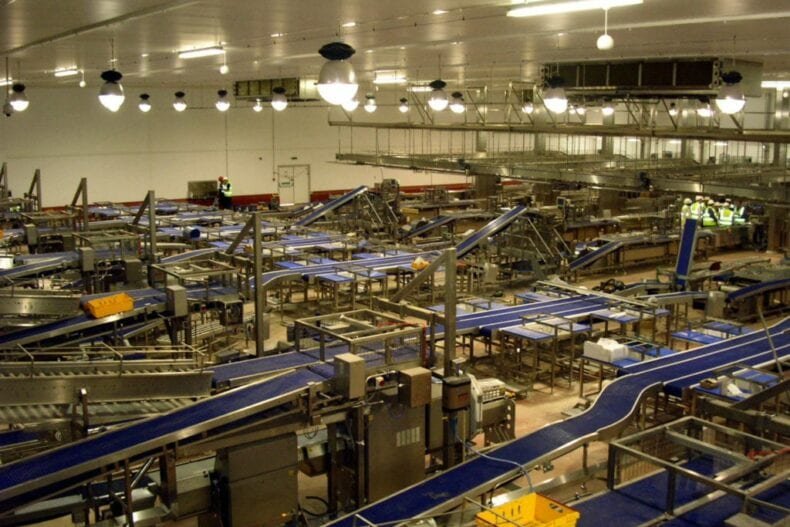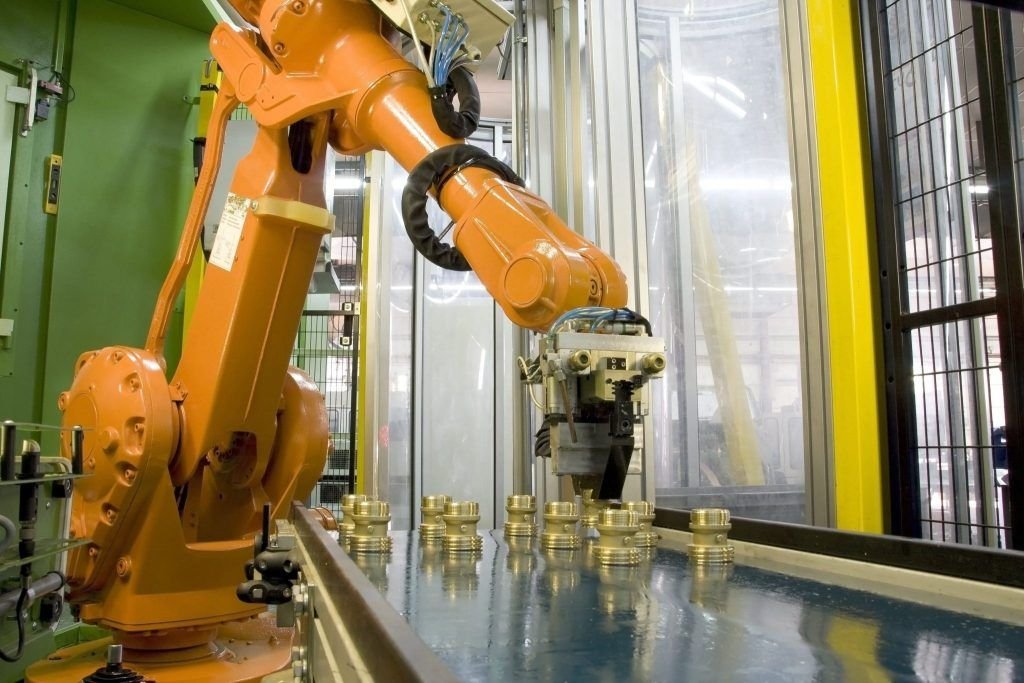What are Modular Conveyor Belt Systems?
Modular conveyor belt systems are advanced solutions in material handling and logistics automation, offering a significant improvement over traditional conveyor designs. Unlike traditional conveyor belts, which are often made from a single piece of material like a continuous flat belt, modular belts consist of interlocking segments, typically made of hard plastic.
This modular plastic belt design offers not only flexibility in configuration but also ease in maintenance and repair. These belt types are engineered to function efficiently in various settings, accommodating different operational needs.
The type of belt used in these systems, ranging from flat continuous belts to more specialised modular varieties, plays a crucial role in determining the system’s functionality and efficiency.
Such versatility in belt types and the modular nature of the system ensure that they can be tailored to suit a wide range of applications, from straightforward linear pathways to complex configurations.
Modular Belt Conveyor Key Features:
Interlocking Segments: The design of these conveyor belts, composed of interlocking segments, allows for easy replacement of damaged parts. This modular approach not only provides customizable lengths to suit various applications but also ensures the belt can convey items effectively, regardless of their size or shape.
Durability: These belts are constructed from robust materials like plastic and metal, which provide resilience and longevity. The strength of these materials ensures the belt conveyor belt can withstand harsh conditions without compromising its integrity or functionality.
Versatility: Thanks to their adaptable design and varying belt widths, these conveyor systems can handle a diverse range of products. They are particularly effective in transporting irregularly shaped items without damaging them, ensuring safe and efficient handling. The system’s capability to adjust belt width also means that items of different sizes can be loaded onto the conveyor with ease, facilitating smooth operations in environments ranging from dry to wet conditions.
Advantages:
Reduced Downtime: The modular nature of these conveyor systems allows for quick repairs and replacements, thereby minimising operational interruptions. This feature ensures that the conveyor can be maintained and put back into operation rapidly, reducing the impact of downtime on productivity.
Customisability: These conveyor systems are highly adaptable to different layouts and product types, making them ideal for diverse industries. Their flexibility allows for easy reconfiguration to meet the evolving needs of various operational environments.
Longevity: The modular design not only enhances the lifespan of the conveyor but also makes it a cost-effective solution in the long run. Additionally, the ease with which these conveyors can be cleaned and maintained contributes to their longevity. Their sanitary design ensures they meet the hygiene standards required in industries like food processing and pharmaceuticals, where cleanliness is paramount.



